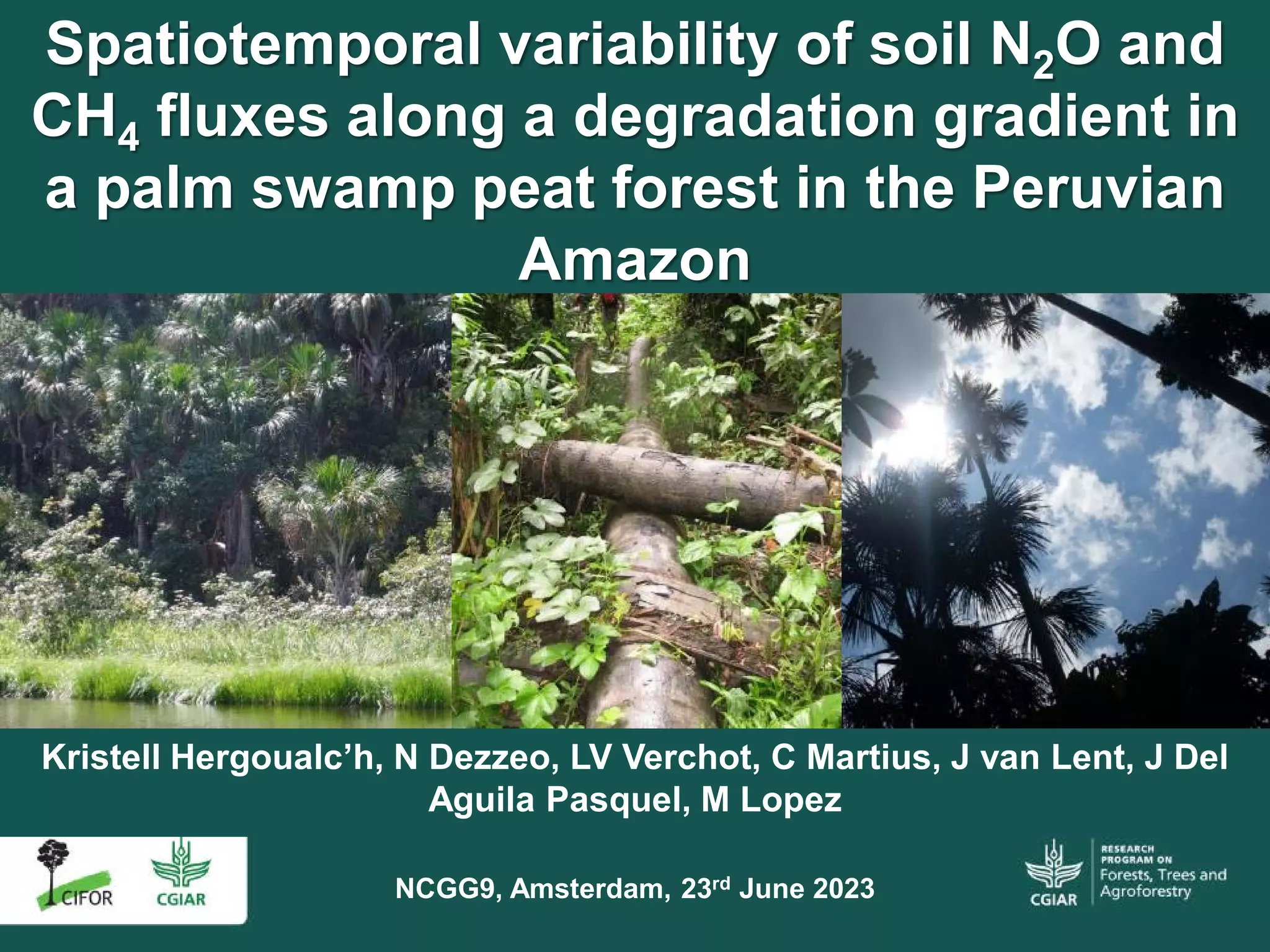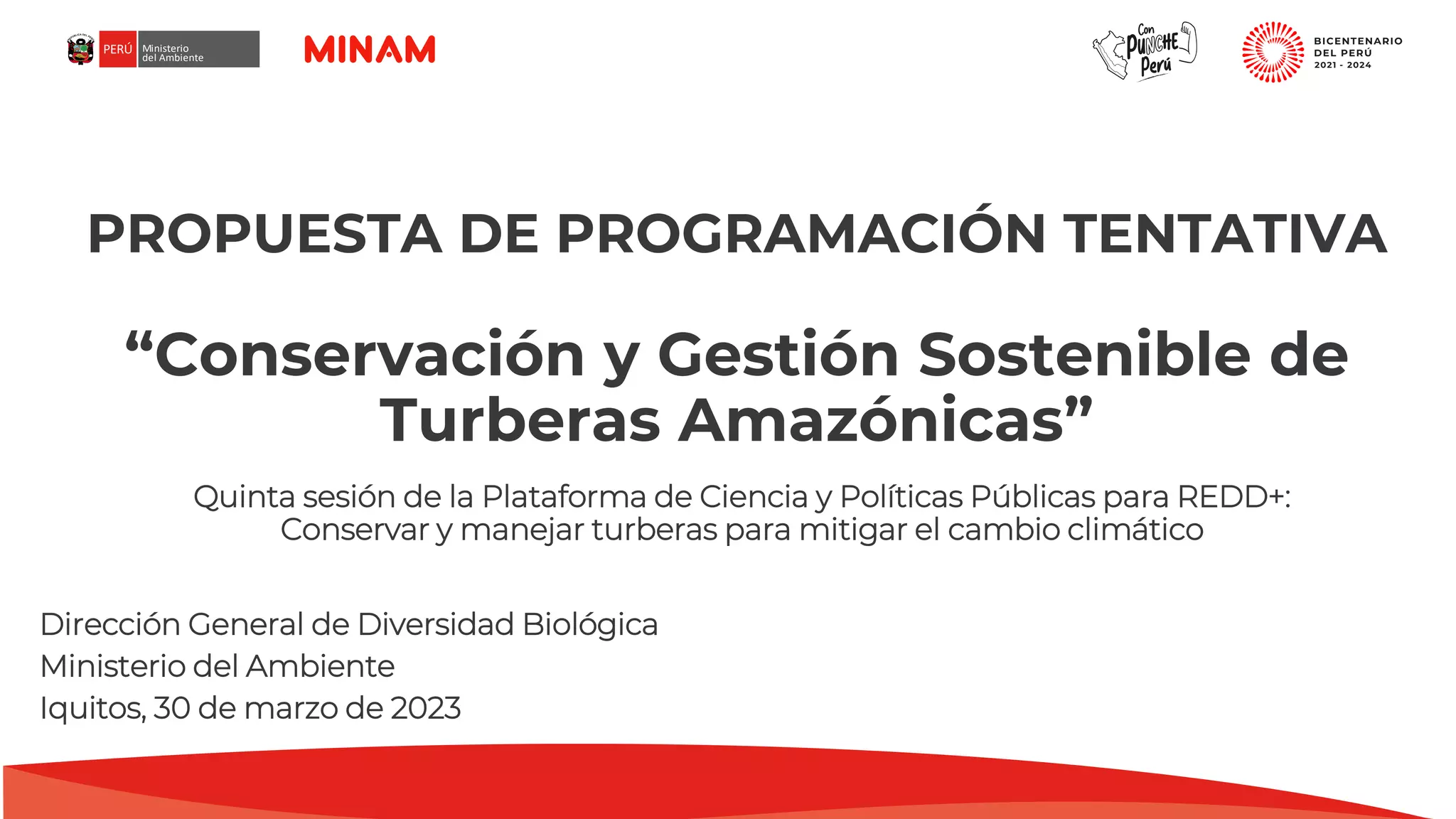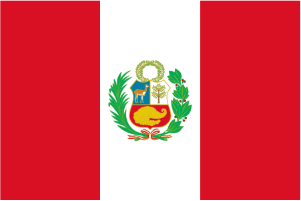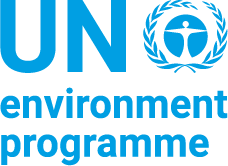
Burning pineapple residues on peat soils before pineapple replanting raises concerns on hazards of peat fires. A study was conducted to determine whether ash produced from pineapple residues could be used to minimize carbon dioxide (CO2) and nitrous oxide (N2O) emissions in cultivated tropical peatlands. The effects of pineapple residue ash fertilization on CO2 and N2O emissions from a peat soil grown with pineapple were determined using closed chamber method with the following treatments: (i) 25, 50, 70, and 100% of the suggested rate of pineapple residue ash + NPK fertilizer, (ii) NPK fertilizer, and (iii) peat soil only. Soils treated with pineapple residue ash (25%) decreased CO2 and N2O emissions relative to soils without ash due to adsorption of organic compounds, ammonium, and nitrate ions onto the charged surface of ash through hydrogen bonding. The ability of the ash to maintain higher soil pH during pineapple growth primarily contributed to low CO2 and N2O emissions. Co-application of pineapple residue ash and compound NPK fertilizer also improves soil ammonium and nitrate availability, and fruit quality of pineapples. Compound NPK fertilizers can be amended with pineapple residue ash to minimize CO2 and N2O emissions without reducing peat soil and pineapple productivity.
Download:
 file
file

- Authors: Choo, L.N.L.K., Ahmed, O.H., Majid, N.M.N., Aziz, Z.F.A.
- Author Affiliation: Malaysian Agricultural Research and Development Institute, Universiti Putra Malaysia
- Subjects: Ananas comosus, ammonium, ash, carbon dioxide, cultivation, fertilizer application, food quality, fruit production, nitrous oxide, peat soils, plant residues
- Publication type: Journal Article
- Source: Sustainability 13(3): 1014
- Year: 2021
















